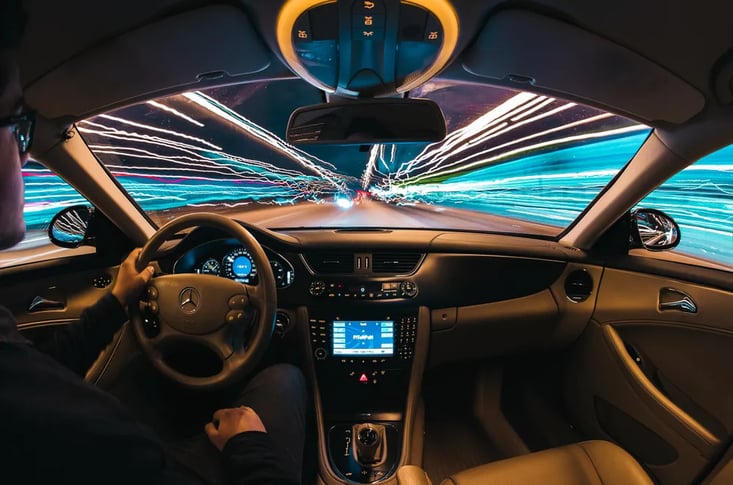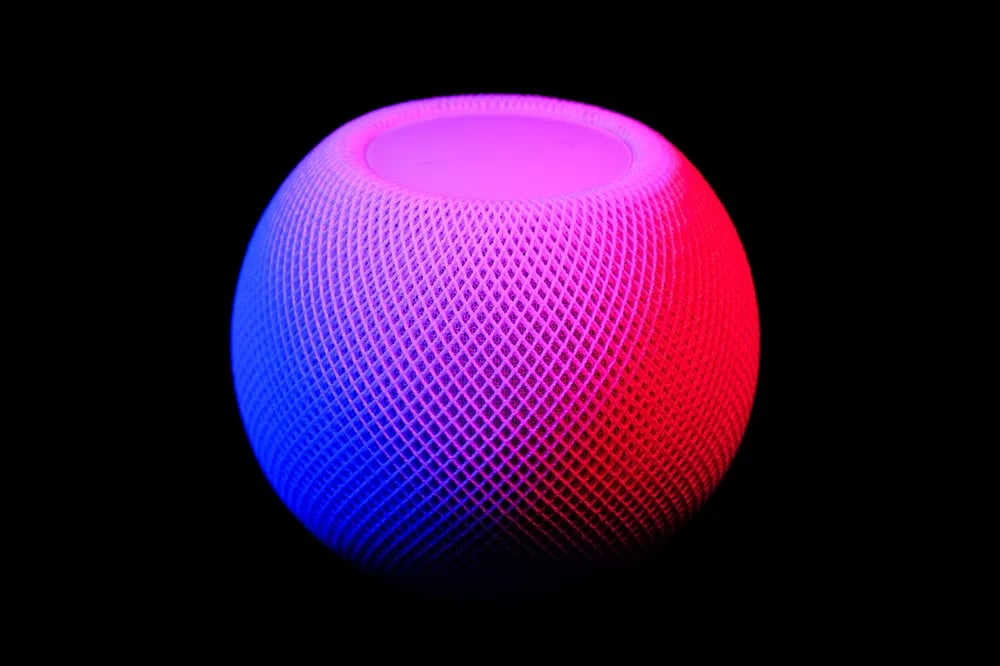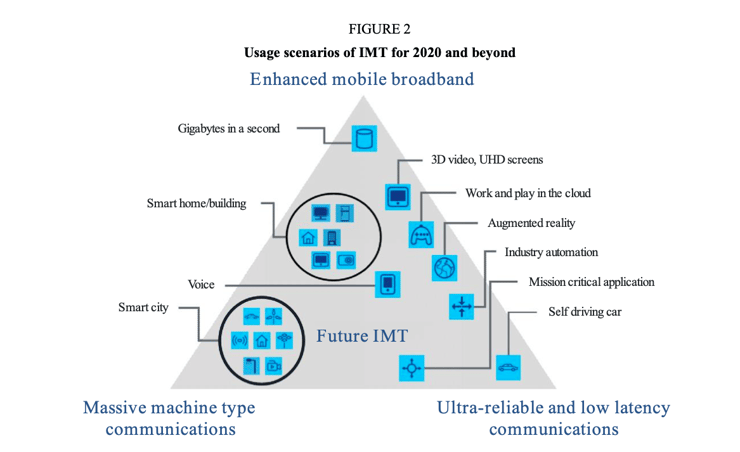5G and eSIM – A Powerful Combination for IoT
This article is based on a presentation made by Gary Waite, Head of eSIM Strategy for NetLync, made at Mobile World Congress 2021 in Barcelona.

My first foray into IoT (or Machine-to-Machine as it was called back then) was in 2004 when I was a technical manager with O2, one of the largest mobile operators in the UK. At that time O2 led the market with millions of M2M connections across many sectors, not least energy and transportation. 2G was the network technology of the day, although GPRS was just starting to get traction. 2G is vastly inferior to today’s 5G, but back then more than sufficient for the majority of M2M applications, where only a small amount of data was transferred between devices and central management systems each day.
To send data, device applications would periodically initiate a cellular-switched data (CSD) call – think dial-up modems. If the data requirement was small or CSD was not available for any reason, those applications could instead operate by sending and receiving SMS messages. What impressed me then, was that with suitably clever software at both ends, the M2M services were highly robust and secure. It was true, there were other connectivity technologies available at the time, at least for utility metering, including powerline, Wi-Fi, MESH, etc., but as far as our service provider customers were concerned, mobile just worked. Today, more than 15 years later, my view has not changed: for many IoT applications, mobile connectivity remains the best solution.
...as far as our service provider customers were concerned, mobile just worked.”

5G - A Gift for IoT
Over the years, 2G evolved into 3G then into 4G, enabling a whole host of new IoT use cases, with ever-increasing data requirements. But, for me, it is this latest evolution to 5G that really ups the ante. I’ve heard some people say, “5G is just another G” as if to somewhat belittle its capability and innovation, but I don’t agree with that assessment. I see 5G as the next evolved G; the culmination of all the learning we’ve gained from 4G, together with the implementation of everything we can reasonably determine about the future of mobile.
Let’s look at how all that learning panned out:
What you see above is the infamous, although perhaps slightly flawed, 5G Triangle, from the original ITU 5G Recommendation document that makes an appearance in just about every 5G slide deck you’ve ever seen. It does however illustrate the three tenets of 5G technology, and all three are a gift for IoT applications. Let’s look at each of these in turn:
Starting at the top there’s Enhanced Mobile Broadband (EMB). This gives you speeds ten times faster than 4G. That’s great for the collection of vehicle telemetry or transmission of multiple high-definition video feeds. Our general global data consumption is doubling every two years, and the same will be true for IoT as well – EMB provides plenty of headroom here.
Moving around clockwise, there’s Ultra-Reliable Low Latency Communications (URLLC), a not-so-easy-to-say phrase that simply means delivery of commands and responses between devices and their central management platforms are pretty much guaranteed and with minimal waiting time. That’s ideal for mission-critical applications like remote surgery, factory automation and even autonomous vehicles where you absolutely need instructions to be carried out in near real-time.
Finally, there’s Massive Machine Type Communications (mMTC), which enables cost-efficient and robust connection of billions of devices without overloading the network. That’s perfect for IoT devices like sensors and meters. These devices don’t transmit a lot of data, but they do need to be energy-efficient on the network as they might be running on batteries. What amazes me is that 5G can handle a million of these IoT devices within a single square kilometre.
It’s easy to see how just about any IoT use case today (and hopefully for the next 10 years) can benefit from these three powerful tenets of 5G. And perhaps not surprising to hear that the automotive industry has selected C-V2X cellular connectivity as the default communications standard, built around 5G technology.

Outside of automotive, companies can even deploy their own private 5G networks, building factories without any communications wiring. This enables easy reconfiguration of assembly lines as business needs change.
5G creates a tremendous amount of opportunity for IoT.
eSIM – Another Gift for IoT

I’ve long been an advocate for eSIM technology and have spoken at length about it for many years. The two key benefits I love most about eSIM for IoT are:
1. Freedom
The problem with SIM cards is that once you’ve chosen your mobile service provider, you’re stuck with them, because once you’ve deployed a million IoT devices, whether they’re cars or utility meters, it’s too expensive to swap out the SIM cards for another provider. eSIM, on the other hand, allows you to change providers at any time, via software download. You can even have eSIMs from several providers on the device and switch between them at will. You no longer have to strike a long-term deal with any particular provider.
2. Availability
As we see with other industries undergoing digital transformation, costs continually fall, and it’s easier and more convenient for IoT module manufacturers to incorporate eSIM by default. With the advent of iSIM, where the eSIM capability is built-in to the application or broadband processor of the IoT module rather than residing on a separate chip, costs will be driven down even faster. What it all means for IoT is simple: any electronic device on this planet that wants to be connected, can be. Think about that for a moment – imagine you’re a provider of electronic devices today that are not connected (for example, washing machines or temporary traffic lights) and now think about the many new use cases that open up should those devices become connected at little cost. The value of those devices increases dramatically, and all because of eSIM.

5G and eSIM – A Powerful Combination
Both 5G and eSIM are widely being adopted by industry stakeholders worldwide. The GSMA predicts that 5G will account for over 1.8 billion connections by 2025 – approximately 21% of all consumer connections - and cover over one-third of the world’s population. According to Juniper Research, eSIM device installations will reach 3.4 billion globally across IoT and consumer.
Looking at 5G and eSIM together, it’s clear to me that these two technologies when combined will create a whole world of new services that just weren’t possible before now. A truly connected world, and a world I’m looking forward to.
